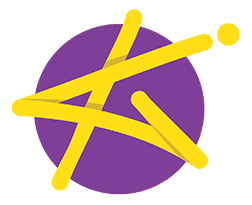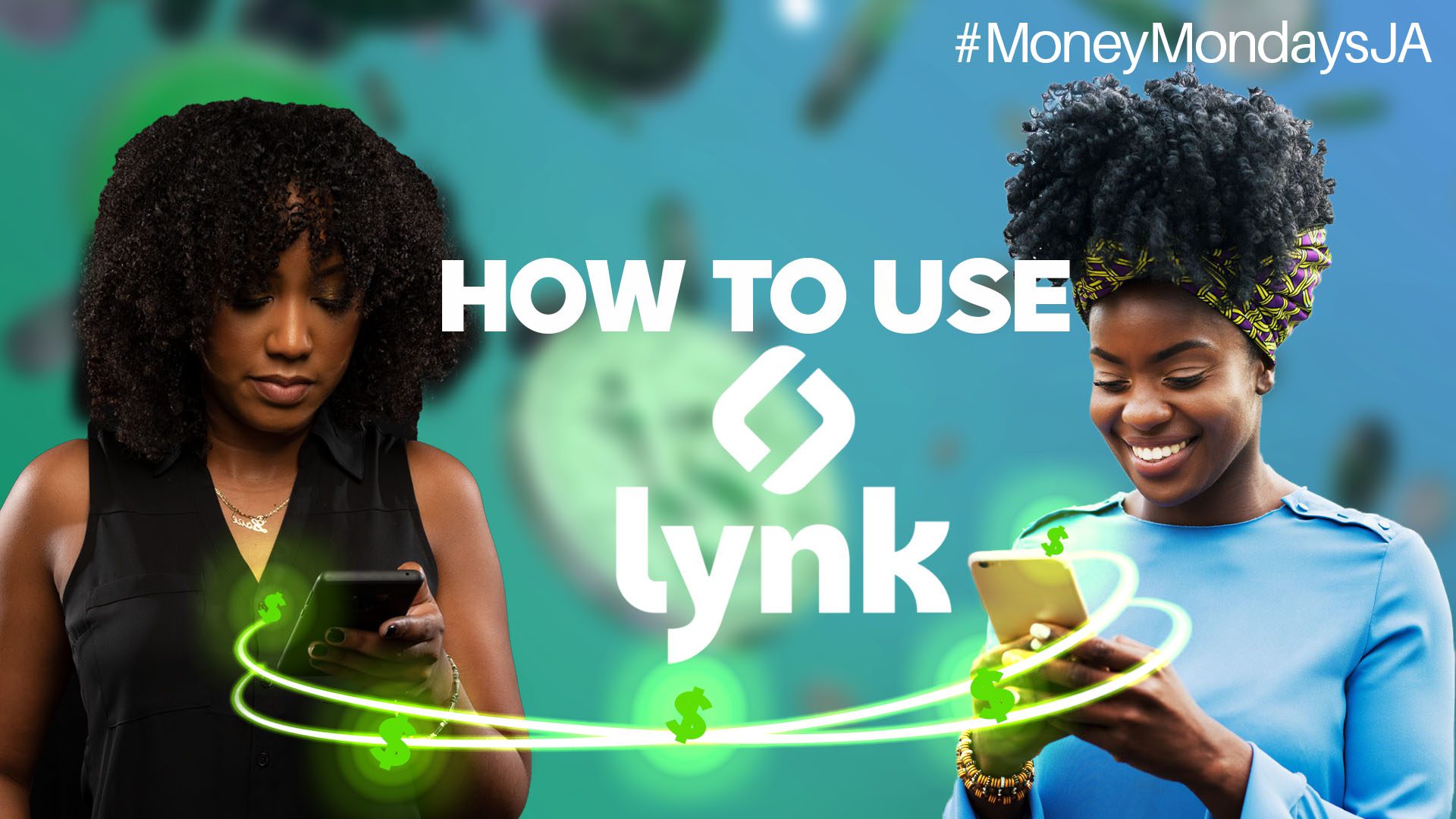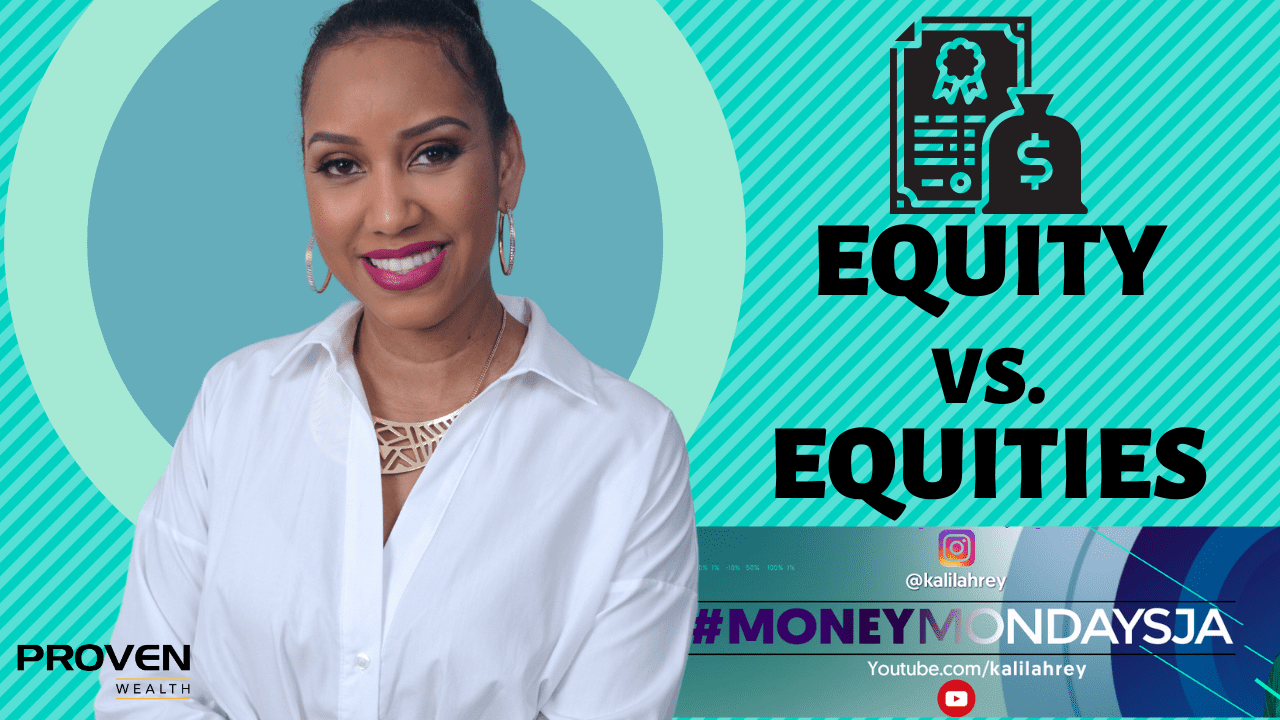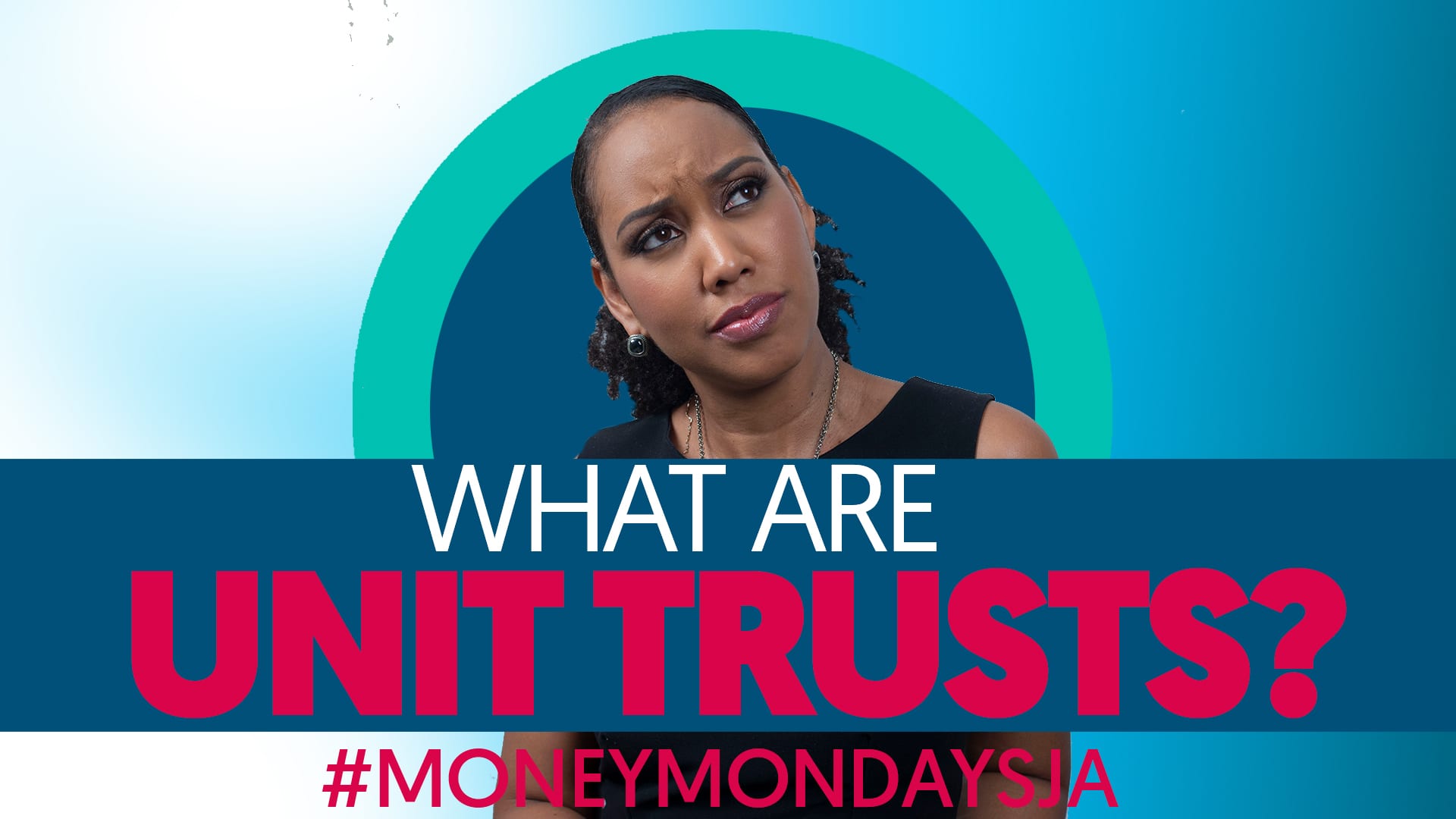If you’re looking to invest in a company, you really should look at its financial statements first. BUT most of us are afraid of numbers! That’s why you have ME. Here’s the balance sheet explained #MoneyMondaysJa
Slug: Financial Statements Explained – Balance Sheet
By Toni-Ann Myrie
“I want to invest in this company and I’m looking at the balance sheet, but I have no idea what all these numbers are.” That was me just a couple years ago, but lucky for you, you now have me to explain.
The financial statements of a company capture its overall performance, how and what it uses money for and what the business owns and owes. There are three financial statements that bankers, investors, shareholders and other interested parties always look to when they want to get information:
- The profit and loss statement
- The balance sheet, and
- The cash flow statement.
A business financial year is 12 months and can start at any time within the year. However, a company’s financial year must be fixed to allow for easy comparison of financial statements over different years. What I mean by this is that if the financial year starts in July this year, then it should also start July next year and the following year. You can’t start July this year then September next year and be all over the place. That will make it hard to compare performance year over year.
Financial statements came about as currencies developed. Many business owners would hire a bookkeeper to record business transactions. As more companies formed and their need for capital to invest in businesses grew, businesses started publishing their financial statements in order to attract new investors and provide information to their current investors. This led to the accounting profession. Shareholders eventually asked for somebody outside the company to review the financial statements to ensure that they were accurate and that is when specialized accountants known as auditors came in.
Okay, enough of the history lesson, as there’s a lot to cover. In this episode, we will only be looking at the balance sheet.
A balance sheet is a statement that sets out a company’s assets, liabilities and capital.
Assets
An asset is a resource that a company owns with the hopes that it will help the company to make some money now or in the future. The balance sheet is divided into three sections: assets, capital and liabilities. The listing of the company’s assets is usually in the first half of the balance sheet.
A company’s assets are divided into categories. The three main ones are intangible assets, fixed or long-term assets and current or short-term assets.
Intangible assets, as the name suggests, are resources that you cannot see or touch. These include things such as trademarks, copyrights, and goodwill.
Goodwill is the value the company’s customers place on the company. While some companies include intangible assets on their balance sheet, one such being Seprod Limited, many choose not to because it is difficult to calculate a value for intangible assets.
Let’s look at Lasco Manufacturing Company using goodwill for example. The company’s balance sheet may say that the company has assets valued at one billion Jamaican dollars, but to us, Lasco has so much more value because of the memories we’ve attached to using Lasco products. Some of us have been using Lasco Powder since we were babies and still use it today to make drink mixes or cereal and we would be devastated if Lasco was to stop producing Lasco Powder. That is Lasco’s goodwill. But how much is that actually worth in dollars? That’s where it gets tricky.
The next category of assets is fixed assets. Fixed assets usually include plants, equipment, buildings, and motor vehicles. They are called fixed assets because they usually serve companies for a long while and are well, fixed, not easy to move. At the end of each financial year, accountants calculate the value of the assets taking into consideration wear and tear and then report the value on the balance sheets.
Current or short-term assets are assets that as the name suggests do not last long. These include inventory, receivables, investments and cash. Inventory can be further broken down into finished goods, work in progress or raw materials. The inventory amount that is reported on the balance sheet is the inventory that remains on the last day of the company’s financial year.
Receivables is money that the company is yet to collect from its clients for goods or services that have been supplied to them. Investments include things such as stocks, bonds and fixed deposits.
And lastly, cash is simply the amount of money that they physically store at the business and keep in their bank accounts.
The first half of the balance sheet is set out like this because the assets are usually listed according to their liquidity.
Liquidity means how fast these assets can be converted into cash. The assets that take the longest to be sold such as property and equipment are listed first.
The most liquid asset, cash, is listed last. In that case, property, plant, and equipment are listed first because they may take many years to sell, then motor vehicles which take a couple months. Then come current assets. Inventory may be able to be sold within weeks, receivables may take some time to collect but not a long time. Investments can be sold off within a couple days to get cash and lastly there is cash. Cash is the most liquid. Companies can just take the cash they have and use it to pay their creditors or employees instantly.
Fun fact: The balance sheet can be represented as an equation. Wait! Come back! I know you heard equation and were about to run away. This is a very simple calculation.
A balance sheet is presented so that:
Assets equal Capital plus Liabilities. A = C + L.
So basically, the company owns assets but it has to use money to purchase those assets right? Well these assets are purchased using capital from shareholders and loans. That is it; Assets equal Capital Plus Liabilities. See, very simple.
Capital
So we’ve already looked at assets. Now we’ll move onto the second half of the balance sheet that contains capital and liabilities.
Capital consists of a number of items. The simplest definition is that it is the money invested by the owners of the business. This is the same thing we call equity. A company’s equity is the same thing as its capital. However, oftentimes when we see equity on a company’s balance sheet, there are other things that make up equity. These may include reserves and/or retained profit. Reserves are really just profits from previous years that the company has saved or stored away for future use. Retained profits is the sum of net profits from previous years that the company keeps back instead of distributing to shareholders. This retained profit is reinvested into the company to add more assets for future growth. When all these items are calculated, the total is called Shareholder’s equity.
So just so we are clear, capital is the money invested by shareholders or the portion of retained earnings held back by the company to reinvest into the company and grow.
Liabilities
Next up is the liabilities section of the balance sheet.
Liabilities refer to all the money that the company owes to its creditors including suppliers and banks.
Remember assets equal capital plus liabilities. Because the capital may not be enough to buy all the assets that the company needs, the company must look to get money from other sources. A company increases its liabilities when it takes goods from suppliers with the intention of paying later or when it goes to banks to get a loan that is to be repaid over a number of years. Liabilities that are to be paid back within the year are known as short-term liabilities while liabilities that are to be paid back over a number of years are known as long term liabilities.
Now sometimes when we look at the liabilities section of the balance sheet, we sometimes see line items such as tax payable or post-employment benefits. Tax payable is explainable, it is money that the company owes to the tax office while post-employment benefit is pension that the company collects from the employees and that they will have to pay back when the employees retire.
Notes
Now we understand what each line item on a company balance sheet means. When we look at the audited balance sheet of a company, there are some numbers that are placed beside these line items. Do you know what they mean? The numbers are sort of a key to guide you to the Notes to the Financial Statements that accompany audited financial statements. The notes provide further details about that particular line item and help to provide answers to questions we may have as we review the balance sheet.
For example, the number 15 besides inventory on Lasco Manufacturing balance sheet takes us to Note 15. Note 15 tells us the total value of raw materials, finished goods, and goods in transit.
On Seprod’s 2020 audited balance sheet, the 28 beside long-term liabilities takes us to Note 28. This note provides a detailed list of Seprod’s outstanding long-term liabilities. We can get information on the number of years the loan was given for, the interest rate and the collateral that was used to secure the loan if the loan is secured.
Now while it is good to look at a company’s balance sheet, looking at only one year’s balance sheet will not provide a lot of information. With the balance sheet for one year, we may be able to write one small paragraph but if we look at the balance sheet for say the last five (5) years, we may be able to write a whole book about the company.
When investors look at companies, they use ratios to assess how the company is performing. We can compare the current assets to the current liabilities to see if the company is able to cover its short-term liabilities. This is called current ratio. We can compare the total debts to total assets and we can also compare total debt to total shareholders’ equity to see how much of the company assets were purchased on credit. The finance people call these comparisons “leverage ratios”. They are used to determine how much of a company’s assets are purchased using debt. Too much debt is not good because if a company is to go out of business then the assets will have to be sold and the proceeds used to repay debt and the shareholders end up with no money.
As mentioned before, if we look at the leverage ratios for one year, we do not get much information; however, if we compare ratios for five years, we can tell if the company is taking on more and more debt or if debt level remains the same, or maybe the company has less debt.
One last thing to consider when looking at the company’s balance sheet and use leverage ratios. In addition to comparing ratios over several years, we have to look at leverage ratios of other companies in the same sector as the company you are analyzing. So if we are looking at Lasco Manufacturing, we may have to look at Seprod, Honey Bun, Grace Kennedy, and Wisynco to truly assess the company’s performance. Why? Because you may look at a leverage ratio and think it is too high; however, manufacturing companies require a lot of assets so most companies if not all companies in the manufacturing industry may have high leverage ratios whereas companies that provide services may have lower leverage ratios.
So understanding how to read the balance sheet is important, however it is through comparing balance sheets for several years and the balance sheets of similar companies that we are able to assess a company to determine if it is worth investing in. Makes sense right? We need to see a history of performance.
In another episode we will look at Profit & Loss Statements.
How do you identify companies that you want to invest in? Do you look at the company’s balance sheet? Let me know in the comments.
Categories: MoneyMondaysJA
Audio Only
More #MoneyMondaysJA Episodes






Leave A Comment